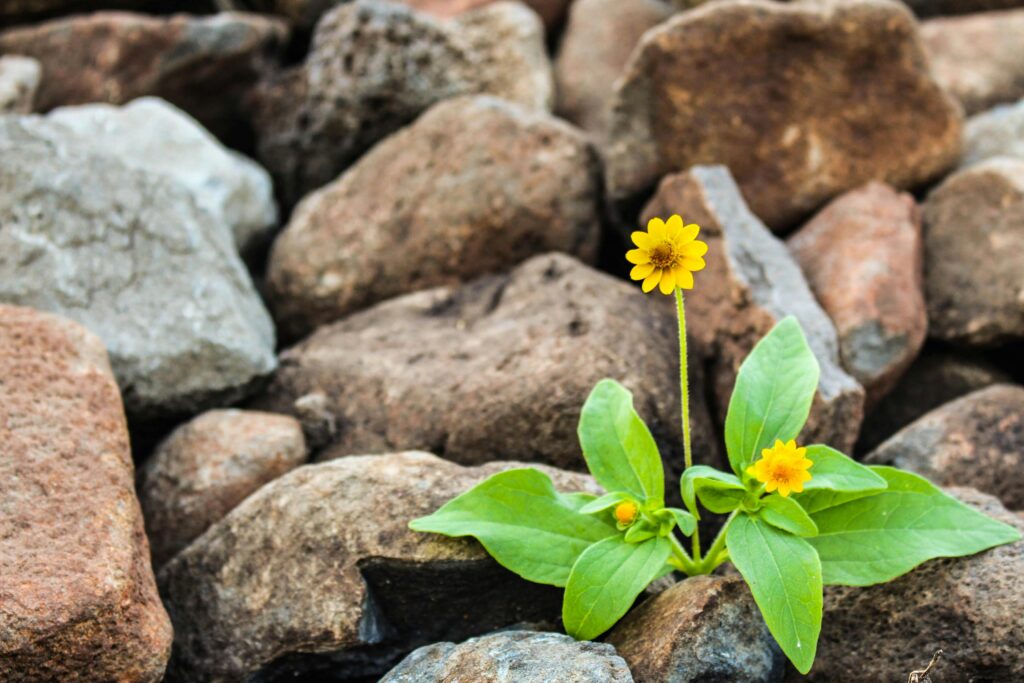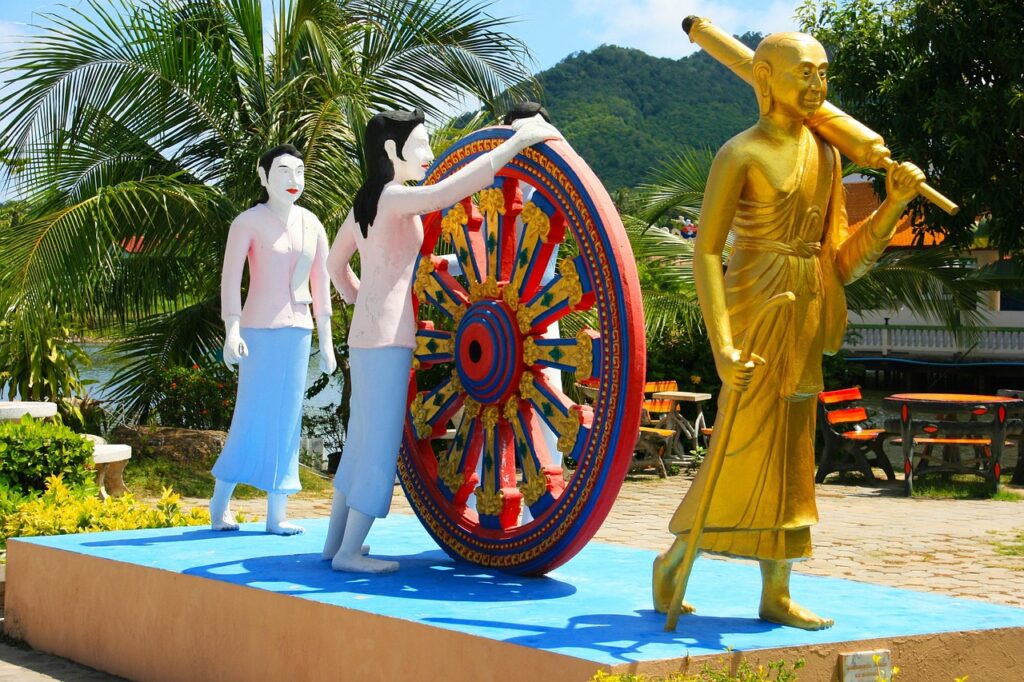Karma is one of those concepts that can seem abstract and complex, especially to young minds. Yet children are naturally drawn to ideas about fairness, consequences, and how our actions affect others. Here are ten simple, relatable ways to help children understand karma without overwhelming them with philosophical complexity.

1. The Ripple Effect in a Pond
Drop a stone in a calm pond and watch the ripples spread outward in perfect circles. Explain to your child that our actions are like that stone—they create ripples that spread far beyond where we first dropped them. When we do something kind, the ripples of kindness spread to others. When we do something hurtful, those ripples spread too. Karma is simply the idea that these ripples eventually come back to us, just like how ripples in a pond eventually reach the shore and bounce back.
2. The Garden of Actions
Compare karma to planting a garden. When you plant flower seeds, you get flowers. When you plant vegetable seeds, you get vegetables. When you plant weeds, you get weeds. Our actions are like seeds we plant every day. Kind actions are like planting beautiful flowers—eventually, beauty comes back to us. Mean actions are like planting thorny weeds—eventually, we have to deal with those thorns. The garden doesn’t judge what we plant, but it always gives us back what we put in.
3. The Echo in the Mountains
Take your child to a place where they can hear an echo, or demonstrate it at home by shouting into a tunnel or large empty space. When you shout something happy, the echo sounds happy. When you shout something angry, the echo sounds angry. Karma works like an echo—the energy we send out into the world comes back to us in the same form. If we send out kindness, kindness echoes back. If we send out meanness, that echoes back too.
4. The Boomerang Principle
Children love the idea of boomerangs—throw it correctly, and it comes back to you. Explain that our actions work like boomerangs. When we throw kindness, helpfulness, or love out into the world, these good things come flying back to us. When we throw anger, selfishness, or cruelty, those things boomerang back too. The skill is learning to throw good boomerangs so that good things return to us.
5. The Bank Account of Kindness
Help children understand karma through the familiar concept of saving money. Explain that we all have an invisible “kindness bank account.” Every time we do something good—help a friend, share our toys, comfort someone who’s sad—we make a deposit. Every time we do something mean, we make a withdrawal. When we have lots of deposits, good things tend to happen to us. When we make too many withdrawals, we might find ourselves running low on good fortune.
6. The Circle of Giving and Receiving
Draw a large circle and explain that everything we do travels around this circle and eventually comes back to us. When we give hugs, hugs come back to us. When we share our snacks, people share with us. When we help others, help comes to us when we need it. When we’re grumpy or mean, that travels around the circle too. The circle never stops moving, so it’s always best to send good things around it.
7. The Mirror of the Universe
Tell children that the universe works like a giant mirror—it reflects back whatever we show it. When we smile at the mirror (by being kind), it smiles back at us. When we frown at the mirror (by being mean), it frowns back. We can’t force the mirror to smile while we’re frowning, but when we change our expression, the mirror always changes too. Karma is the universe’s way of mirroring our actions back to us.
8. The Recipe for Life
Compare karma to cooking. When you bake cookies, you get cookies—not pizza. When you make soup, you get soup—not cake. Life works the same way. If we put kindness, honesty, and helpfulness into our daily “recipe,” we get a life that tastes good. If we put meanness, lying, and selfishness into our recipe, life doesn’t taste very good. We’re the chefs of our own lives, and karma is simply getting what we cook up.
9. The Energy Exchange
Help children understand that everything is made of energy, including our emotions and actions. When we give out happy, loving energy, we attract happy, loving energy back to us. When we give out angry, mean energy, that’s what comes back too. It’s like a fair trade system—we always get back the same type of energy we put out. This is why it feels so good to be around kind people and so draining to be around mean people.
10. The Golden Rule in Action
Connect karma to the Golden Rule that most children already know: “Treat others the way you want to be treated.” Explain that karma is what happens when the Golden Rule works its magic in the world. When we treat others with kindness, respect, and care, the world finds ways to treat us with kindness, respect, and care. When we treat others poorly, that poor treatment tends to find its way back to us. Karma is the Golden Rule playing out over time.

Teaching Karma Without Fear
When explaining karma to children, it’s important to frame it positively rather than as a system of punishment. Karma isn’t about the universe being mean to people who make mistakes—it’s about the natural consequences of our choices and the interconnectedness of all life.
Age-Appropriate Conversations
For younger children (ages 4-7), focus on simple cause and effect: “When we’re kind, people want to be kind back to us.” For older children (ages 8-12), you can explore more complex ideas about how our actions affect others and how that creates ripple effects that eventually return to us.
Living Examples
The best way to teach karma is through daily life examples. When your child shares a toy and later receives an unexpected kindness, point out the connection. When they see someone being mean and later struggling with friendships, gently discuss how our actions create our experiences.

